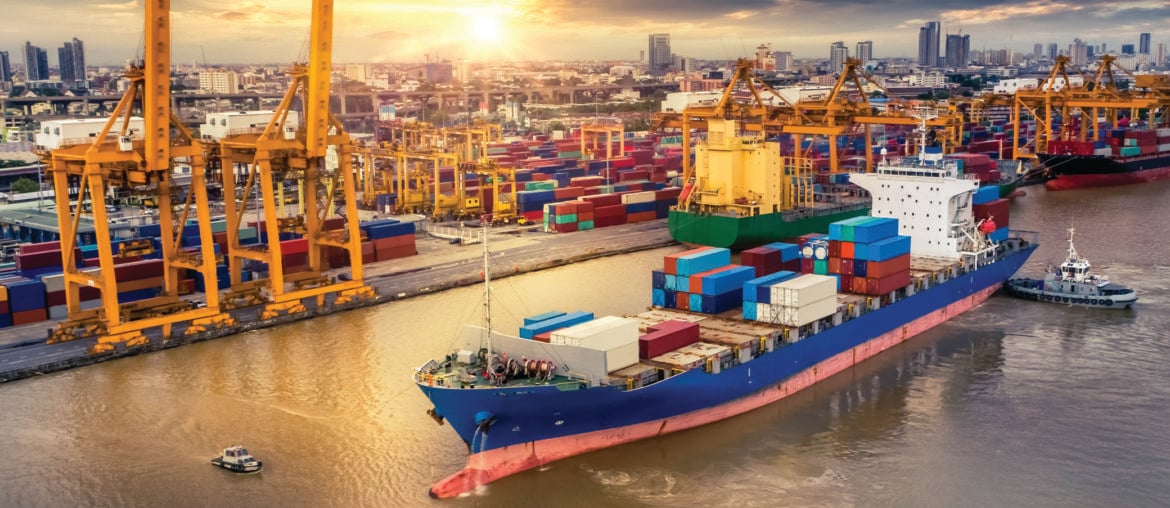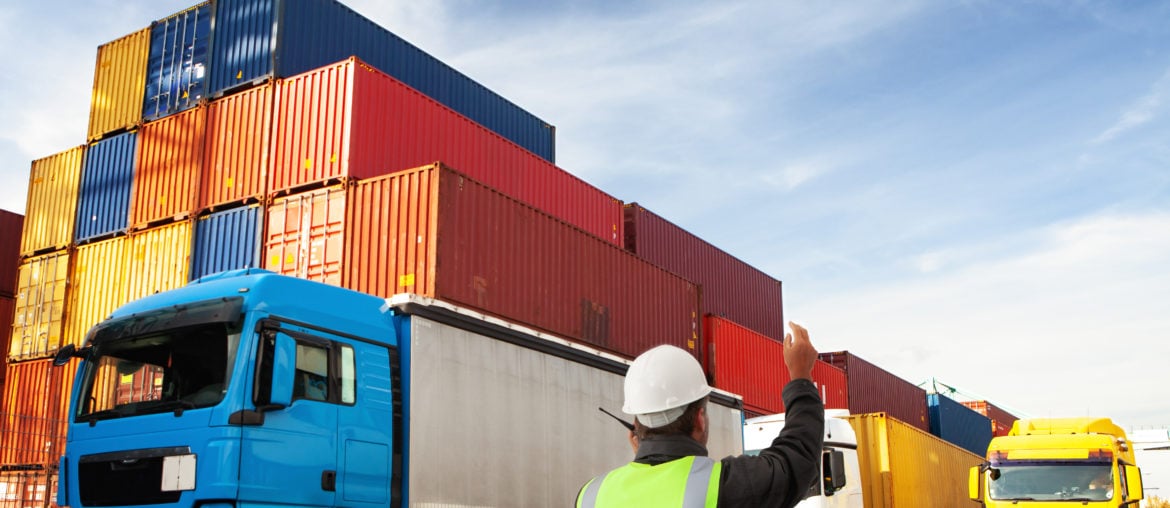On September 28, 2021, the US Department of Defense (“DoD”) published a notice of request for public comments. DOD’s request relates to Executive Order 14017, (“America’s Supply Chains” or “Supply Chain EO”). See some of our key blog posts on the Supply Chain EO for more background. As part of requiring agency reviews of key industrial bases’ supply chains, the Supply Chain EO mandated that DoD conduct a one-year review of supply chains within the defense industrial base…
US federal government agencies charged with implementing President Biden’s February 24, 2021 Executive Order 14017 (“America’s Supply Chains” or “Supply Chain EO”) continue to assess supply chain risks and vulnerabilities by issuing public requests for comment. Among other things, the Supply Chain EO directs the heads of several federal agencies to conduct a one-year review to examine supply chains for potential vulnerabilities in a number of sectors. (This is in addition to the 100-day reviews…
Yesterday, as part of its annual Virtual Trade Week series, US Customs and Border Protection (“CBP”) issued a list of Frequently Asked Questions on forced labor (“the FAQs”). The FAQs consist of responses to ten questions focused on current issues and latest developments in forced labor enforcement. As mentioned in the FAQs, in FY2020 (October 1, 2019 – September 30, 2020), CBP set a record by issuing 13 Withhold Release Orders (“WROs”), detaining over $55…
Yesterday the House of Representatives passed by a narrow margin the Governance Improvement and Investor Protection Act (H.R. 1187), which is a package of bills broadly requiring disclosure of ESG metrics in business (including supply chain impacts) and setting specific reporting expectations on climate risks, political spending, executive pay, and taxation rates. The legislation comes amidst indications by the SEC that mandatory disclosures related to ESG and climate impacts are a priority. Our analysis of…
On June 8, the White House published a set of reports on the 100-day interagency reviews conducted pursuant to Executive Order 14017 “America’s Supply Chains” (“the Reports”). The Reports assessed supply chain risks and vulnerabilities related to the following four key supply chains and made policy recommendations to address those risks: semiconductor manufacturing and advanced packaging;large capacity batteries, including electric vehicle batteries;critical minerals and materials; andpharmaceuticals and advanced pharmaceutical ingredients. The Reports were accompanied by…
As reported previously, developing new ESG and climate disclosure requirements (including those relating to supply chains impacts) is one of the SEC’s key priorities, and there have been indications that proposed rule-making on the issue may be imminent. The topic was once again raised by SEC Commissioner Allison Herren Lee this week at the 2021 ESG Disclosure Priorities Event. In her remarks, Commissioner Lee indicated that the SEC is working on a proposed rule on ESG disclosures…
On April 21, the US Department of Agriculture (“USDA”) published a request for comments on supply chains for the production of agricultural commodities and food products under the America’s Supply Chains Executive Order (the “Supply Chain EO”) that President Biden signed on February 24, 2021. (See our blog post on the Supply Chain EO for more background.) Agricultural commodities and food products is one of the six industrial sectors the supply chains of which are subject to review pursuant…
The Securities and Exchange Commission (“SEC”) has taken a major step towards exercising its significant power to require companies to disclose greater information relating to ESG and climate impacts. On March 4, 2021, the SEC announced that it has formed a Task Force focusing on climate and ESG disclosure issues. The Task Force is a part of SEC’s Division of Enforcement and will be led by Kelly L. Gibson, the Acting Deputy Director of Enforcement.…
Last week the US Department of Labor (“DOL”) published a notice requesting information and comments on the following three reports on child labor and forced labor practices in foreign countries published by the US Bureau of International Labor Affairs (“ILAB”): (1) the 2019 Findings on the Worst Forms of Child Labor report (TDA report); (2) the List of Goods Produced by Child Labor or Forced Labor (TVPRA List); and (3) the List of Products Produced…
Corruption and sourcing-related human rights risks are top of mind for many companies, and for good reasons. Both risk categories potentially carry substantial legal and PR risks and can be outside of a company’s direct control to the extent they are implicated by the conduct of third parties. However, corruption and responsible sourcing risks are often managed by different corporate functions. Corruption risks traditionally fall under the ambit of the legal/compliance department, whereas responsible sourcing…







